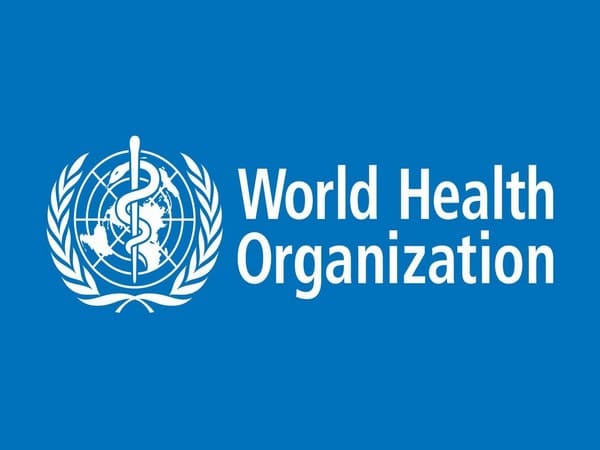New Delhi: If India remains committed to achieving 100 per cent coverage in terms of safe sanitation services by October 2019, as many as 3,00,000 deaths caused due to diarrheal disease and protein-energy malnutrition (PEM) since the country launched the Swachh Bharat Mission in 2014 can be averted, the World Health Organisation highlighted.
Results tabulated from a WHO modelling study on the health impact of the Swachh Bharat Mission-Gramin (SBM-G) outline noted that India’s accelerated coverage of safe sanitation services and its determination to end open defecation will have a substantial effect on the burden of diarrheal disease and PEM by reducing mortality and accumulative Disability Adjusted Life Years (DALYs) – the sum of the years of life lost due to premature mortality and years lost due to disability or ill-health.
As per calculations, if all sanitation services are used, the initiative could result in over 14 million more years of healthy life in the period measured, with the benefits accruing yearly thereafter.
That is especially remarkable, given that before 2014, unsafe sanitation caused an estimated 199 million cases of diarrhea annually, with modelling showing the problem will almost be eliminated when universal use of safe sanitation facilities is achieved, the WHO observed.
The premier health organisation further noted that India’s commitment and progress towards the outcomes is reflected in the fact that household sanitation coverage has dramatically increased from an estimated two per cent per year before the initiative to more than 13 per cent annually between 2016 and 2018.
The recent allocation of up to Rs 15,000 crore as extra budgetary resources for the SBM-G during the present financial year holds-out the potential for further gains, not only for India, but also the WHO South-East Asia Region and the world (globally, diarrheal disease is the second leading cause of under-five mortality, while lack of clean water and sanitation is also a major contributor to malnutrition), it added.
The broader health impact of India’s commitment to accelerated sanitation coverage, the WHO said, are likely to be significant. This includes improved overall nutritional status and reduced incidence of infectious diseases such as neglected tropical diseases and acute respiratory infections, as well as vector-borne diseases.
Moreover, the estimations apply to the health impacts from improvements in sanitation coverage only, meaning it is possible that the broader mission has produced additional health gains through changes in personal hygiene and the consumption of safe drinking water, it added.
Acknowledging measures taken in collaboration with the Centre to scale up access to sanitation services and to utilise resources more efficiently to reach those under threat of being excluded, the WHO said India’s pursual of South-East Asia’s Flagship Priorities and the Sustainable Development Goals, will oblige countries to ensure access to safe water and sanitation for all, and commended India for the commitment.
On a related note, WHO’s South-East Asia Region comprises the following 11 Member States: Bangladesh, Bhutan, Democratic People’s Republic of Korea, India, Indonesia, Maldives, Myanmar, Nepal, Sri Lanka, Thailand and Timor-Leste. (ANI)

